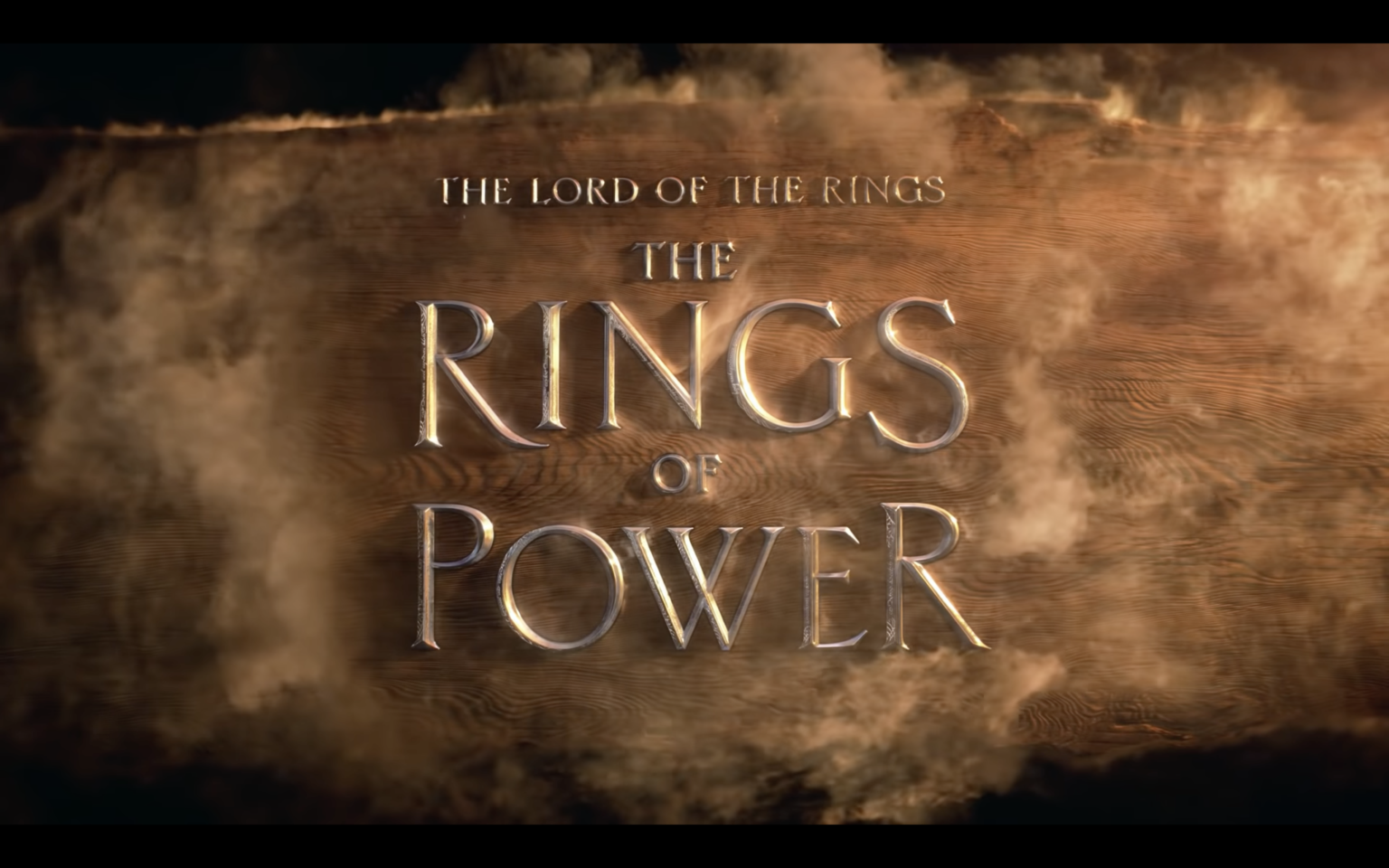Amazon Studios The Rings of Power is four months away. We want all Spoilerites to have the best viewing experience possible and have the widest knowledge base about the Second Age of Middle-Earth. This is a weekly Let’s Get Nerdy article series highlighting a different piece of Tolkien I think you need to know about!
In past articles I have answered the question:
- What Are the Rings of Power?
- What is Númenor?
- What is the Second Age?
- Who are the Harfoots?
- Who is Prince Durin IV?
- What is Khazad-dûm?
- Who is Celebrimbor?
- What is the Last Alliance of Men and Elves?
- Who is Elendil?
- New Pics! Who are Bronwyn and Theo?
- What is Rivendell?
- The Rings of Power First Reactions Are In!
Back to the book canon! Loosely over these past few weeks here on Let’s Get Nerdy! I’ve alluded to “Lindon”
Annnnnnd … if you are familiar with Tolkien languages you will know one of the forms of Elvish is known as “Sindarin” – the language from whence many locations in Middle-Earth derive names. For example: the Sindarin name for Rivendell is Imladris.
That’s great, Ashley, but what about Lindon, itself?
Thank-you for asking!
Lindon is perhaps most well known for functioning as a harbour. Being right on the sea Elven boats would moor there and then head out to the West – particularly during the Third Age of Middle-Earth when the Elves were leaving and humans were taking over stewardship of Middle-Earth. You may recognize the capital of this region as being The Grey Havens – where Frodo, Bilbo, Gandalf, Elrond, and Galadriel board a boat to sail to Valinor. On its Easternmost border Lindon is nestled below the Blue Mountains, protected by stone and water.

It was named “Lindon” after the War of Wrath during The First Age of Middle-Earth. The geography was part of a much larger region which fell following a large battle. It then became a much more small, nestled community which settled into its harbour style.

In fact, during the first year of The Second Age of Middle-Earth when Gil-galad (who Benjamin Walker has been cast to play in The Rings of Power series), officially founded and named the region “Lindon”. He was known to be a just and calm ruler who embraced the diversity of elves and other citizens who lived there. Not all of the citizens enjoyed living together in this way under Gil-galad’s leadership.
Despite being thought of as a predominately Elven territory it is worth noting Lindon did have a small, but strong Dwarven population. Lindon was known to be cohabitated in this way. I really hope we get a glimpse of this in The Rings of Power. This could potentially be a really compelling selling point for the series and justification for setting the show during The Second Age. Maybe before Sauron swept across Middle-Earth there were a lot more crossing of borders than the separate kingdoms we saw more in The Lord of the Rings trilogy of films.
Later, in the year 600 of The Second Age of Middle-Earth The Númenoreans arrived in Lindon bringing humans to the land amongst the Elves and Dwarves. They were warmly welcomed by Gil-galad. Could this be a storyline in The Rings of Power? Potentially. It depends on how close to the fall of Númenor the show is set and whether or not kingdoms like Gondor and Rohan are in play simply for their name recognition or not.
Something I think we will see where Lindon is concerned?

When Sauron pressed his advantage during the War of the Elves and Sauron many elves fled to Lindon seeking sanctuary from the fighting and the death. Sauron was not able to disturb their peace therein. This specific event is played a huge part in enveloping Gil-galad in the rest of the events during The Second Age leading to his eventual death. This seed planted the future forces known as The Last Alliance of Men and Elves.
The last detail I will leave you with about Lindon butts right up against the end of The Second Age of Middle-Earth and the beginning of The Third Age – it suffered the effects of what is essentially a title wave. Huge parts of this land either fell into, or were swallowed up by, the sea and the territory was cut back significantly as Middle-Earth underwent a seismic power shift this natural disaster echoed.
Dear Spoilerite,
At Major Spoilers, we strive to create original content that you find interesting and entertaining. Producing, writing, recording, editing, and researching requires significant resources. We pay writers, podcast hosts, and other staff members who work tirelessly to provide you with insights into the comic book, gaming, and pop culture industries. Help us keep MajorSpoilers.com strong. Become a Patron (and our superhero) today.


